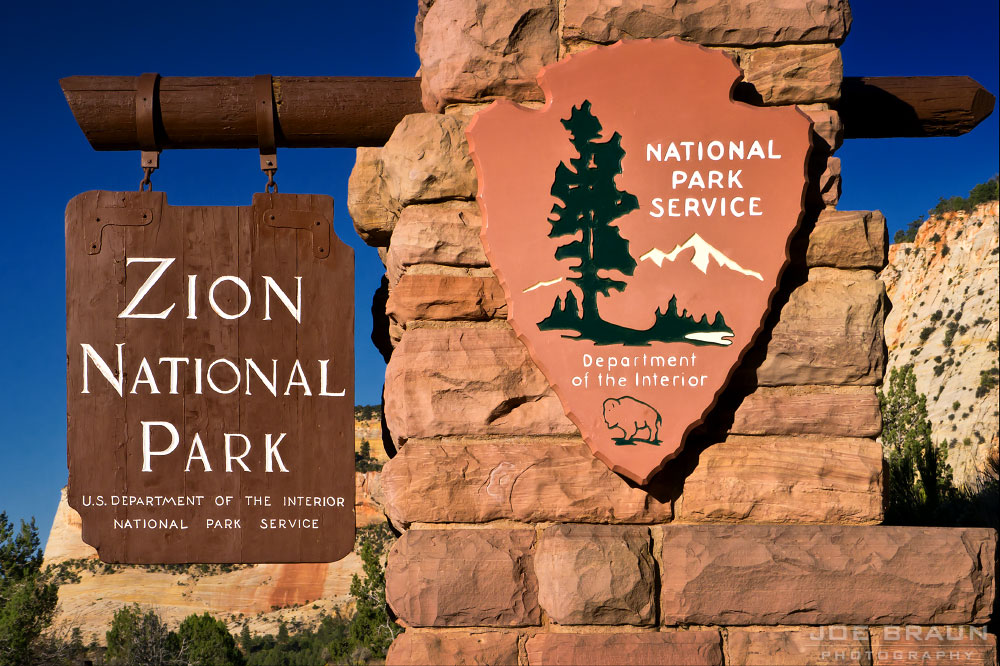
Zion National Park is located in southwestern Utah close to the Arizona and Nevada borders. This is the edge of the Colorado Plateau, where the lush high country meets the lower dry desert. Zion is roughly a 3-hour drive away from Las Vegas, Nevada and is one of the major attractions along the "Grand Circle Tour" -- a hit list of national parks that includes Zion National Park, Bryce Canyon National Park, and the Grand Canyon. (Further to the east are more of Utah's desert wonders: Grand Staircase-Escalante National Monument, Capitol Reef National Park, Canyonlands National Park, and Arches National Park to name a few.)
The #1 activity in Zion National Park is sightseeing! Visitors to Zion National Park will be mesmerized by the overwhelming beauty of Zion Canyon, from the deep orange glow of the towering sandstone formations to the delicate beauty of plantlife growing out of weeping walls and canyon streams. First-time visitors should start by riding the Zion shuttle from the Visitor Center. The shuttle buses take tourists up the main canyon, providing an audio tour introduction to the park and making several designated stops at scenic locations and trailheads. Make a point to get off the bus and take in the sights as much as you can. (Specific stops are discussed in detail later in this guide.)

Zion National Park has plentiful hiking opportunities for hikers of all abilities, from short family-friendly strolls to long strenuous hikes to remote viewpoints. The good news for casual hikers is that even the easy trails lead to fabulous scenery. And more seasoned hikers can find several longer and more remote hikes and backpacking routes that can take them away from the crowds and into the backcountry. With stunning scenery everywhere, photography is a very rewarding pastime in the park. Zion National Park is also the southwest's epicenter for canyoneering: the sport of exploring canyons that require one to scramble, rappel, swim, and/or climb, often using technical gear.
For those looking for more leisurely activities, horseback rides are available inside the park just across from the Zion Lodge. Some of the outfitters in Springdale also offer tubing excursions down the Virgin River. (Tubing is not permitted within the NPS boundary.) Fishing is permitted in Zion National Park (provided that you have a current Utah fishing license), but it is not a popular activity as the Virgin River and the other streams in Zion do not have any big game fish. Even more leisurely, one can relax on the great lawn in front of the Zion Lodge or stroll through the various artisan shops in the tourist town of Springdale.
Biking is also popular in Zion National Park. While bicycles are not permitted on most of Zion's trails, a cruise down the Zion Canyon Scenic Drive is a wonderful pastime. (Be sure to pull over for the Zion shuttle buses as they are not allowed to pass you while you riding on the road.) Outside of Zion National Park, nearby Gooseberry Mesa is a popular area for mountain biking. Bike rentals are offered by Zion Cycles.